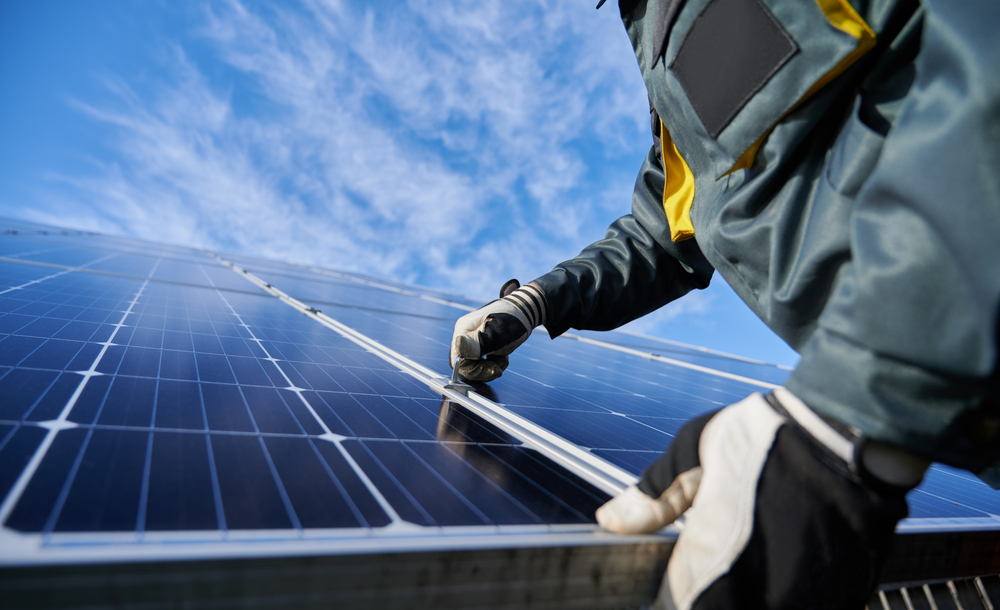Houston-based Quanex announced it released a new product, the SolarGain Edge Sealant, a rubberized sealant for PV modules to protect against degradation due to moisture.
The Edge Sealant is a polyisobutylene butyl rubber adhesive with integrated desiccant designed to improve longevity, durability, and power retention over time.
Quanex said applying the sealant can prevent moisture ingress in modules, better protecting cells, connections, and conductive coatings. The company said it can delay loss of power over a module’s lifetime by significantly delaying any degradation mechanisms activated by moisture, and that it can extend the useful life of a module by 10 to 15 years. The sealant can also boost cell area increasing aperture efficiency and maintain strong performance in high-heat conditions.
Quanex said emerging trends in the PV module market are increasing the importance of moisture sealing. New technologies like perovskite solar cells and heterojunction (HTJ) cells have demonstrated promise of higher module efficiency but have shown greater moisture sensitivity.
While it is commonly assumed that crystalline silicon panels are not sensitive to moisture ingress over the long term, recent testing by the company has demonstrated SolarGain Edge Sealant’s ability to provide high levels of moisture protection in c-Si panels, extending lifetime power output.
Traditional ethylene vinyl acetate (EVA) encapsulants have the potential to generate acid that can sap the panel of its power due to the corrosiveness of the acid when exposed to moisture over time. Alternative encapsulants like thermoplastic polyolefin (TPO) and polyvinyl butyral (PVB) have demonstrated higher potential to resist moisture ingress versus EVA but are considerably more expensive and difficult to handle during the assembly process.
The sealant product is backed by Quanex’s 50 years of experience in insulating glass sealant and spacer manufacturing designed to slow moisture entry between glass panes. These solutions demonstrate many of the same attributes required in solar module sealants, including UV resistance, flexibility through a wide variety of temperatures and the ability to delay the migration of moisture.
This content is protected by copyright and may not be reused. If you want to cooperate with us and would like to reuse some of our content, please contact: editors@pv-magazine.com.









By submitting this form you agree to pv magazine using your data for the purposes of publishing your comment.
Your personal data will only be disclosed or otherwise transmitted to third parties for the purposes of spam filtering or if this is necessary for technical maintenance of the website. Any other transfer to third parties will not take place unless this is justified on the basis of applicable data protection regulations or if pv magazine is legally obliged to do so.
You may revoke this consent at any time with effect for the future, in which case your personal data will be deleted immediately. Otherwise, your data will be deleted if pv magazine has processed your request or the purpose of data storage is fulfilled.
Further information on data privacy can be found in our Data Protection Policy.